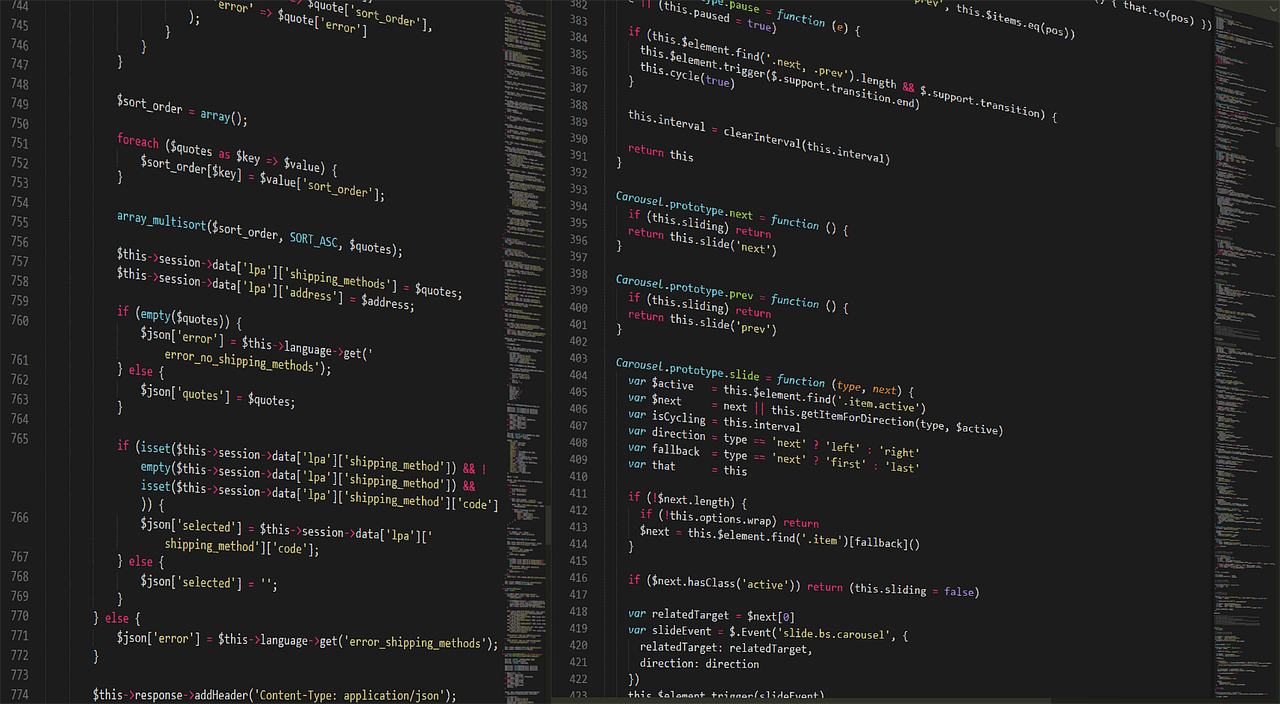Blockchain technology has rapidly evolved from a niche concept to a transformative force impacting industries ranging from finance and supply chain to healthcare and voting systems. This revolutionary technology, known for its decentralized and transparent nature, promises to reshape how we conduct transactions, manage data, and interact online. This comprehensive guide explores the intricacies of blockchain, its applications, and its potential to revolutionize the future.
What is Blockchain?
Defining Blockchain Technology
Blockchain is fundamentally a distributed, immutable ledger that records transactions in a secure and transparent manner. Think of it as a digital record book that is copied across many computers (nodes) in a network. Each “block” in the chain contains a set of transactions, and once a block is added to the chain, it cannot be altered or deleted, ensuring data integrity.
- Key Characteristics:
Decentralization: No single entity controls the blockchain, reducing the risk of single points of failure or manipulation.
Immutability: Once a block is added, it’s nearly impossible to change, providing a secure and permanent record.
Transparency: Transaction data is often publicly accessible, allowing for greater visibility and accountability.
Security: Cryptographic hashing and consensus mechanisms protect the blockchain from unauthorized access and fraud.
How Blockchain Works: A Step-by-Step Explanation
The process of adding a transaction to a blockchain involves several crucial steps:
Types of Blockchains
Blockchains come in different forms, each with its own features and use cases.
- Public Blockchains: Open to anyone to join and participate. Examples include Bitcoin and Ethereum.
Benefits: High transparency, decentralization, and security.
Drawbacks: Slower transaction speeds and higher energy consumption (depending on the consensus mechanism).
- Private Blockchains: Require permission to join and participate, often used within organizations.
Benefits: Faster transaction speeds, greater control over access, and lower energy consumption.
Drawbacks: Less transparency and centralization.
- Consortium Blockchains: Managed by a group of organizations, offering a balance between public and private blockchains.
Benefits: Increased efficiency, collaboration, and regulatory compliance.
Drawbacks: Requires agreement among participating organizations.
Benefits of Blockchain Technology
Enhanced Security and Transparency
Blockchain’s decentralized and immutable nature offers unparalleled security and transparency, crucial in today’s digital landscape.
- Security: Cryptographic hashing and consensus mechanisms protect against fraud and tampering. Every block is linked to the previous one, making it extremely difficult to alter historical data.
- Transparency: Transaction data is often publicly accessible, allowing stakeholders to verify the authenticity and integrity of records. This is particularly important in supply chain management, where tracing products from origin to consumer is essential.
Improved Efficiency and Reduced Costs
By streamlining processes and eliminating intermediaries, blockchain can significantly improve efficiency and reduce costs.
- Streamlined Transactions: Blockchain enables faster and more efficient transactions by eliminating the need for intermediaries, such as banks or clearinghouses.
Example: Cross-border payments can be processed much faster and at a lower cost using blockchain-based solutions.
- Reduced Costs: By automating processes and reducing the need for manual verification, blockchain can lower administrative and operational costs.
- Supply Chain Optimization: Tracking products through the supply chain becomes more efficient and transparent, reducing the risk of fraud and counterfeiting.
Decentralization and Control
Decentralization is a core principle of blockchain, empowering users with greater control over their data and assets.
- Data Ownership: Users have greater control over their data, as it is not stored in a central repository controlled by a single entity.
- Reduced Reliance on Intermediaries: Blockchain enables peer-to-peer transactions, reducing the need for intermediaries that can impose fees or censorship.
- Increased Trust: By distributing trust across the network, blockchain reduces the risk of manipulation or abuse of power.
Real-World Applications of Blockchain
Cryptocurrency and Digital Assets
One of the most well-known applications of blockchain is in the realm of cryptocurrencies and digital assets.
- Cryptocurrencies: Bitcoin, Ethereum, and other cryptocurrencies use blockchain to record and verify transactions, providing a secure and decentralized alternative to traditional currencies.
- Non-Fungible Tokens (NFTs): NFTs are unique digital assets that represent ownership of items such as artwork, music, or virtual real estate. Blockchain ensures the authenticity and scarcity of these assets.
Example: Digital artists can use NFTs to sell their work directly to collectors, bypassing traditional galleries and auction houses.
- Central Bank Digital Currencies (CBDCs): Many countries are exploring the possibility of issuing their own digital currencies using blockchain technology.
Example: The digital yuan (e-CNY) in China is a CBDC aimed at improving payment efficiency and financial inclusion.
Supply Chain Management
Blockchain’s transparency and immutability make it ideal for tracking goods and materials through the supply chain.
- Tracking Products: Blockchain enables businesses to track the movement of goods from origin to consumer, ensuring authenticity and preventing counterfeiting.
Example: Walmart uses blockchain to track the origin of its mangoes, allowing it to quickly identify and remove contaminated products from the shelves.
- Improved Transparency: Consumers can verify the origin and quality of products, increasing trust and confidence.
- Reduced Fraud: By tracking products at every stage of the supply chain, blockchain can help reduce fraud and theft.
Healthcare
Blockchain can enhance data security, interoperability, and patient empowerment in the healthcare industry.
- Secure Medical Records: Blockchain can be used to store and share medical records securely, ensuring patient privacy and data integrity.
- Drug Traceability: Tracking pharmaceuticals from manufacturer to consumer can help prevent counterfeit drugs from entering the supply chain.
- Clinical Trial Management: Blockchain can improve the transparency and efficiency of clinical trials, ensuring data integrity and reducing fraud.
Voting Systems
Blockchain-based voting systems can enhance the security and transparency of elections, reducing the risk of fraud and manipulation.
- Secure Voting: Blockchain can ensure that votes are recorded accurately and cannot be altered or deleted.
- Increased Transparency: Voters can verify that their votes have been counted correctly, increasing trust in the electoral process.
- Reduced Fraud: Blockchain can help prevent voter fraud and double voting, improving the integrity of elections.
Challenges and Limitations of Blockchain
Scalability Issues
One of the major challenges facing blockchain technology is scalability, the ability to handle a large number of transactions quickly and efficiently.
- Transaction Speed: Some blockchains, such as Bitcoin, have relatively slow transaction speeds compared to traditional payment systems.
- Scalability Solutions: Researchers and developers are working on various solutions to improve blockchain scalability, including:
Layer-2 Solutions: These solutions, such as the Lightning Network, process transactions off-chain, reducing the burden on the main blockchain.
Sharding: This technique divides the blockchain into smaller pieces, allowing for parallel processing of transactions.
Regulatory Uncertainty
The regulatory landscape surrounding blockchain and cryptocurrencies is still evolving, creating uncertainty for businesses and investors.
- Lack of Clear Regulations: Many countries have yet to establish clear regulations for blockchain and cryptocurrencies, making it difficult for businesses to operate with confidence.
- Compliance Challenges: Navigating the complex and evolving regulatory landscape can be challenging and costly for blockchain-based companies.
Security Risks
While blockchain is generally considered secure, it is not immune to security risks.
- 51% Attacks: In a 51% attack, a single entity gains control of more than half of the network’s computing power, allowing them to manipulate transactions.
- Smart Contract Vulnerabilities: Smart contracts, which are self-executing contracts stored on the blockchain, can contain vulnerabilities that can be exploited by hackers.
- Phishing and Scams: Users can be targeted by phishing scams and other fraudulent schemes aimed at stealing their cryptocurrency or private keys.
Getting Started with Blockchain
Understanding the Basics
Before diving into blockchain technology, it is important to understand the fundamental concepts, such as:
- Cryptography: The science of encrypting and decrypting data.
- Hashing: A one-way function that converts data into a unique fixed-size string.
- Consensus Mechanisms: Algorithms used to achieve agreement among network participants on the validity of transactions.
Exploring Blockchain Platforms
There are several blockchain platforms available, each with its own features and capabilities.
- Ethereum: A popular platform for building decentralized applications (dApps) and smart contracts.
- Hyperledger Fabric: An open-source platform for building enterprise-grade blockchain solutions.
- Corda: A platform designed for building financial applications.
Learning Resources
There are numerous online resources available to learn more about blockchain technology, including:
- Online Courses: Platforms like Coursera, Udemy, and edX offer courses on blockchain development, cryptocurrency, and related topics.
- Documentation: The official documentation for blockchain platforms, such as Ethereum and Hyperledger Fabric, provides detailed information about their features and capabilities.
- Community Forums: Online forums and communities, such as Reddit and Stack Overflow, provide a place to ask questions and connect with other blockchain enthusiasts.
Conclusion
Blockchain technology is poised to transform industries across the globe, offering enhanced security, transparency, and efficiency. While challenges remain, the potential benefits of blockchain are undeniable. By understanding the fundamentals of blockchain, exploring its applications, and staying informed about the latest developments, individuals and organizations can harness the power of this revolutionary technology to create a more secure, transparent, and efficient future. As the technology continues to evolve, it is crucial to stay updated and adapt to the changing landscape to fully leverage the potential of blockchain.



